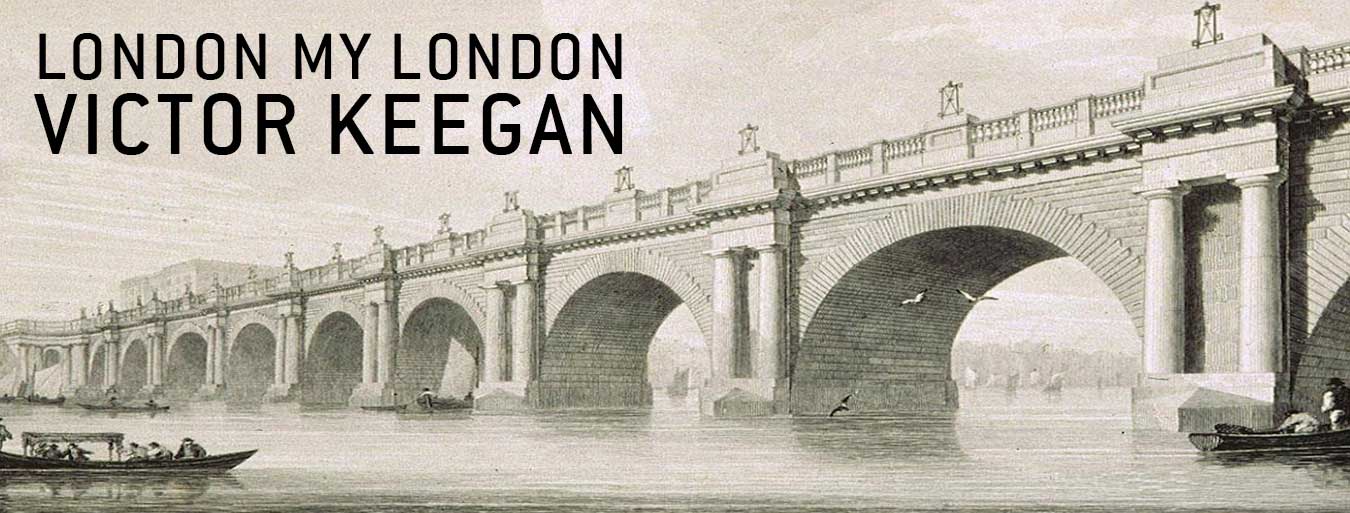
In a city that takes pride in burying its history, the nondescript office building at 100 Pall Mall, sandwiched between the Reform and RAC clubs, takes some beating.
On Friday February 25 1774 the basic laws of cricket including the LBW (leg before wicket) rule were established at the Star and Garter tavern on this site (the forerunner of the building on the right, above). A cricketing club existed here long before the establishment of the MCC. Even earlier – in 1750 – the Jockey club, which laid down the rules for horse racing, was founded in the Star and Garter before it moved to Newmarket. Sporty people of merit could join the Jockey Club but not, of course, jockeys. This is Britain, remember.
Not content with starting two of Britain’s biggest sports, the Star and Garter also saw the foundation of one of Britain’s biggest industries. British Gas can trace its origins directly back to 1806 when Frederick Winsor started experiments with producing gas from coal here and set up The Gas Light and Coke Company, claimed to be the world’s first public gas distributor and the first public utility in the world. On June 4, 1807 his carbonising furnace dispatched gas along small pipes to illuminate gas lights in the nearby Carlton House, home of the Prince Regent.
It is ironic that at a time when there is so much controversy about foreigners taking over our utilities that Frederick Windsor (née Winzler), actually a German (or possibly Moravian) using disputed French patents, was the founder of the Brutish gas industry. The first gas lamps were erected in Pall Mall where they burned brightly until very recently when they were replaced as part of “improvements” to the neighbourhood. There are still thousands of working gas lights in central London (eg St James Park), a testament to Winsor’s pioneering endeavours.
In 1815 the Epicure’s Almanack claimed that the Star and Garter had been “celebrated for vending the best claret in England”. Later it became a factory for making shoe blacking. Today it is an office block inhabited by Laird Group and others. Add your email address in the slot on the right of the screen for twice monthly updates @vickeegan
